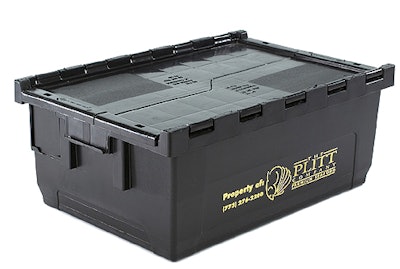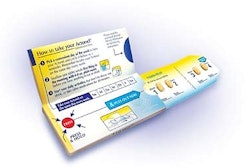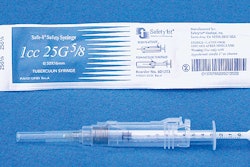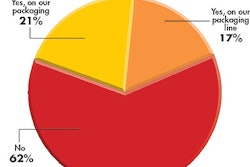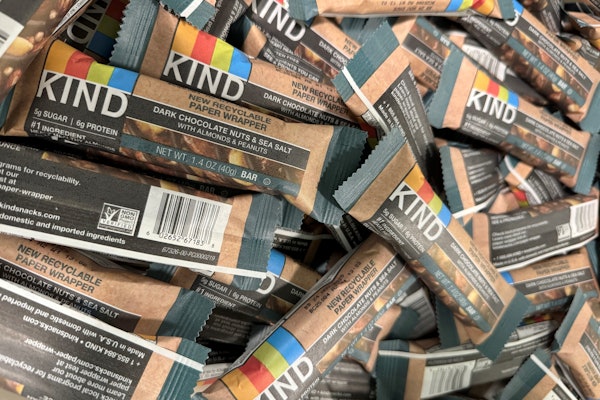Much as an angler might enjoy the fun of catching a fish before returning it to the water, seafood processor Plitt Co. is asking its customers to do the same. The Chicago-based company switched from shipping its products in waxed corrugated boxes to the use of returnable totes from IPL. Now customers save the totes for pick-up by truckers delivering the next order.
Most corrugated recyclers won’t accept waxed boxes because it interferes with their recycling process. So most waxed corrugated boxes must be set out as waste and are eventually landfilled at a cost to the restaurant or institution that discarded them. This wasn’t a practice that Plitt’s customers liked.
“I’d heard that more and more businesses in Europe were requiring distributors to pick up their boxes and dispose of them,” says Bob Sullivan, chairman of Plitt. “I believe the same will be true eventually in the United States, as we typically follow behind Europe in distribution and environment issues. Personally, I wanted to take some action to reduce the waste that’s going to landfills.”
Shifting to returnables
So Plitt shifted its shipping container from corrugated to returnable plastic. It selected an injection-molded high-density polyethylene crate, FlapNest™, with integral leak-control lids.
The liner and ice had also been used with the previous corrugated boxes. Sullivan says the wax-impregnated corrugated boxes resisted the moisture from the melting ice, yet they didn’t always keep their strength. Too often, Sullivan says, the boxes looked dilapidated after being on a truck for several hours. And sometimes they leaked.
Not only does the 16”x24” tote look better—the Plitt name is hot-stamped in gold on the sides—it performs better. Plitt averages more fish per box, about 40 lb, so fewer containers are shipped. The 9½”-high totes easily fit into trucks because they were designed for the 48”x40” Grocery Manufacturers of America pallet.
Some 18ꯠ black FlapNest crates have been purchased in the last couple of years. They replace 285ꯠ corrugated boxes Plitt used each year. Each corrugated box, Sullivan says, ranged in price from $1.50 to $2. Although some customers were skeptical about storing the totes, it never developed into a serious complaint.
In fact, the only complaints Plitt received came when it temporarily switched back to corrugated to complete a contract, Sullivan says.
Quick payback
Although the returnable totes are not inexpensive, Sullivan reports his company recouped its investment in just a matter of months. The payback was so quick, he says, that the company invested $50ꯠ in a commercial conveyor washer that improves the overall sanitation of tote cleaning.
Thus far, the only concession Plitt had to make was in extra pay for truckers to pick up the totes for return to the plant. “If the drivers are paid to return the crates, they’ll return them,” says Sullivan. “If they’re not paid extra, you won’t get them back.” But the extra costs were all factored into Plitt’s payback equation. Because the totes nest, three empty crates can fit into the space of one full container.
Sullivan estimates each tote makes at least six trips before it’s damaged or lost. And Plitt is working to implement a bar code program next year so that totes can be more easily tracked.
Plus, he’s been able to redeploy three workers who previously had been involved in setting up the corrugated boxes.
Now, Sullivan is working to convince IPL to produce a custom-sized tote that would be even more suitable for his product line. —AO
